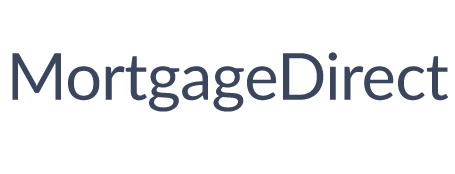Nurses and midwives now eligible for LMI waiver
Nurses, midwives and other important healthcare professionals can now qualify for a lenders mortgage insurance (LMI) waiver policy. Here’s how it could save them thousands and fast-track their journey into home ownership.
Are you a nurse or a midwife? Or do you know someone who is?
There was a pretty big announcement recently that allows eligible nurses and midwives (who earn over $90,000 per annum) to buy a home with just a 10% deposit and avoid paying LMI .
It’s an extension of the existing low deposit, no LMI home loan policy that’s also available to the following allied health professionals who meet the minimum income threshold:
– dentists
– general practitioners
– hospital-employed doctors
– optometrists
– pharmacists
– veterinary practitioners
– medical specialists
– audiologist
– chiropractors
– occupational therapists
– osteopaths
– physiotherapists
– podiatrists
– psychologists
– radiographers
– sonographers, and
– speech pathologists.
So why is this such a big deal?
For starters, there are around 450,000 registered nurses and midwives in Australia – so that’s a pretty big chunk of the population who might be eligible for this policy.
Not to mention that buying a home without a typical 20% deposit can be fairly costly due to having to fork out for LMI.
Essentially, LMI is an insurance policy that protects the bank against any loss they may incur if you’re unable to repay your loan.
And if you have less than a 20% deposit when applying for a home loan, a bank will often require you to pay for LMI because they see you as a higher risk.
So by getting an LMI waiver, you can save anywhere roughly between $8,000 and $30,000 in LMI, or shave years off your efforts to save the magical 20% deposit amount.
Not a healthcare professional? Other options are available
If you’re not a healthcare professional, you may still be able to get in on the action for a low deposit, no LMI home loan.
Other lenders have similar no LMI loans for lawyers and accountants.
There are also government schemes that allow eligible first-home buyers and single parents to borrow high loan-to-value ratios with no LMI.
Find out more
If you’d like to find out more about a no LMI home loan, give us a call today.
We can walk you through available LMI waiver options to help take the financial sting out of buying a home, and we’ll help you navigate the different price caps and application criteria. Just call us …..
Disclaimer: The content of this article is general in nature and is presented for informative purposes. It is not intended to constitute tax or financial advice, whether general or personal nor is it intended to imply any recommendation or opinion about a financial product. It does not take into consideration your personal situation and may not be relevant to circumstances. Before taking any action, consider your own particular circumstances and seek professional advice. This content is protected by copyright laws and various other intellectual property laws. It is not to be modified, reproduced or republished without prior written consent.

